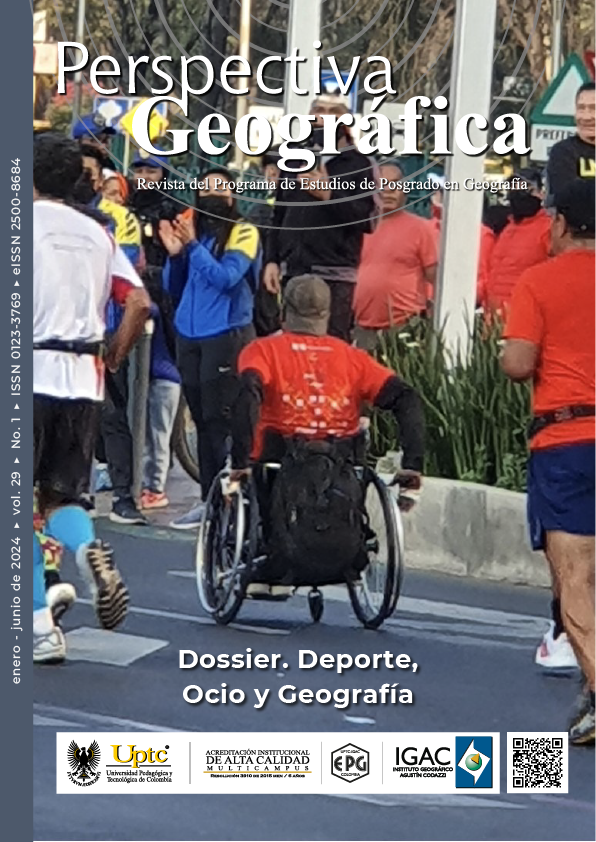Put on the green one: Soccer and cultural consumtion of young university students from Oaxaca, México

Abstract
In this work the main goal was to get to know and describe the practices andmeanings of cultural consumption of young college students that watched televisión duringthe matches of the Mexican soccer team at the South Africa 2010 World Cup. In order toacces this, a research was done in the contents of the transmisssions as well as in culturalconsumptions of youg people, through a multi-sited etnography with various data collectiontools. Among the findings it can be mentioned that the broadcasts of Mexican national team’ssoccer matches are performative rituals where young people densely express heterogeneousforms of cultural consumption imbricated with loose nationalist imaginaries. It is concludedthat young people can both reproduce nationalist imaginaries as pragmatic consumers becausewith their sports-nationalist identifications they involve consumption practices with flexibleimaginaries about what it is to be Mexican. Therefore, infront of the televisión they can beconsumers and citizens, depending on the space, the temporality and the subjectd with whomthey interact. The contect will be presentedin eight sections. In the frist three I define thetopic, the subjects, the contexts, the method and the theorical approach. The folowing threeshow the forms of consumption in various locally located spaces. In the last section I outlinethe findings.
Keywords
University students, cultural consumption, television, nationalism, performativity
References
- Anderson, B. (2007). Comunidades imaginadas. Reflexiones sobre el origen y la difusión del
- nacionalismo. Fondo de Cultura Económica.
- Austin, J. L. (1981). Cómo hacer cosas con palabras. Paidós.
- Bourdieu, P. (1996). La televisión. Anagrama.
- Consejo Nacional para la Cultura y las Artes (Conaculta). (2004). Encuesta Nacional de Prácticas
- y Consumo Culturales. Conaculta, FCE.
- DaMatta, R. (2002). Carnavales, malandros y héroes. Hacia una sociología del dilema brasileño.
- Fondo de Cultura Económica.
- Douglas, M. (1998). Estilos de pensar. Gedisa Editorial.
- Elias, N. & Dunning, E. (2014). La búsqueda de la emoción en el ocio. En N. Elias & E.
- Dunning (ed.), Deporte y ocio en el proceso de la civilización (pp. 111-143). Fondo de
- Cultura Económica.
- Galindo, J. (2014). Ingeniería en comunicación social del nacionalismo y el futbol. Entretextos,
- (16), 1-6.
- García Canclini, N. (1995). Consumidores y ciudadanos. Conflictos multiculturales de la
- globalización. Grijalbo.
- García, N. & Piedras, E. (2006). Las industrias culturales y el desarrollo de México. Siglo XXI
- Editores.
- Guber, R. (2017). La etnografía. Método, campo y reflexividad. Siglo XXI Editores.
- Hine, C. (2004). Etnografía virtual. UOC.